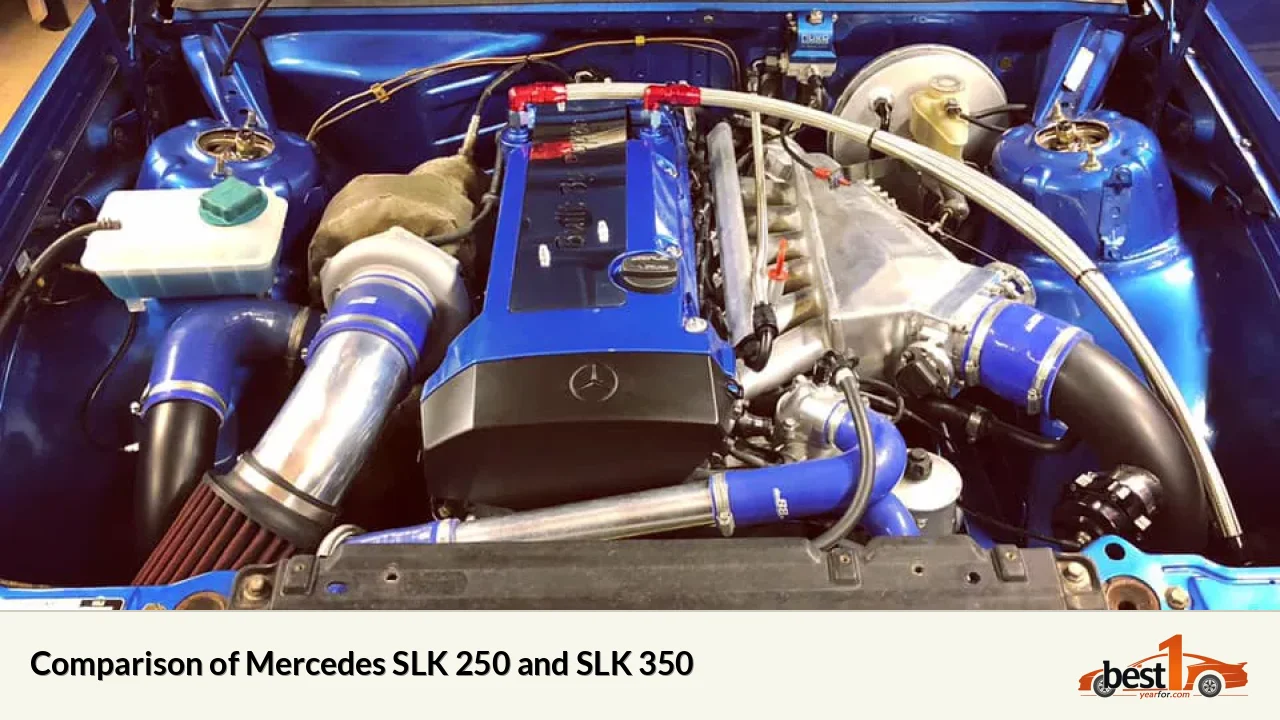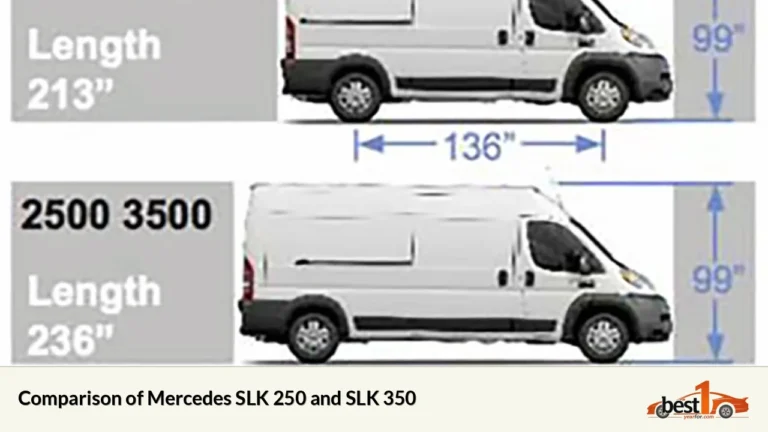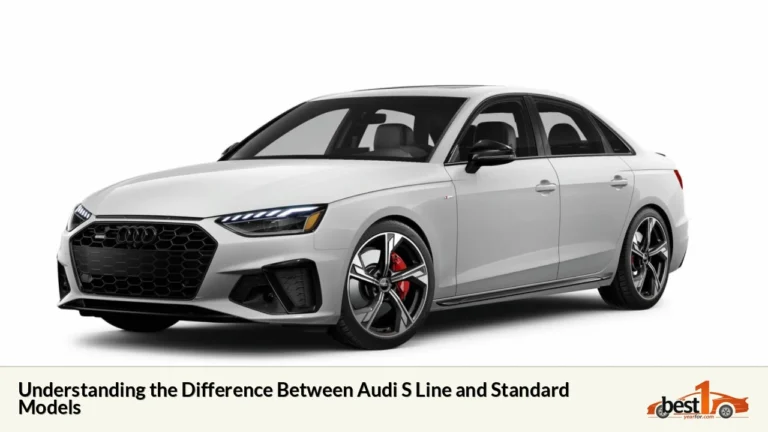The Mercedes-Benz M104 and OM606 engines represent two distinct eras and technologies in automotive engineering, each with its own unique characteristics, applications, and performance metrics. This article will explore their differences in detail, providing a comprehensive overview for enthusiasts and potential buyers alike.
Key Specifications Comparison
| Feature | M104 Engine | OM606 Engine |
|---|---|---|
| Type | Inline-6 Petrol Engine | Inline-6 Diesel Engine |
| Production Years | 1989 - 1998 | 1993 - 2001 |
| Displacement | 2.8L - 3.2L (2800 - 3200 cc) | 3.0L (2996 cc) |
| Power Output | Up to 231 hp | Up to 177 hp (Turbo version) |
| Torque Output | Up to 315 Nm | Up to 330 Nm (Turbo version) |
| Fuel System | Gasoline Injection | Diesel Indirect Injection |
| Valvetrain | DOHC, 4 valves per cylinder | DOHC, 4 valves per cylinder |
| Compression Ratio | 9.2 - 10.0 | 22.0 |
| Applications | Various models including E-Class, S-Class | Primarily E-Class, S-Class, G-Class |
Overview of M104 Engine
The Mercedes M104 engine is a straight-six petrol engine that was introduced in the late 1980s as a successor to the M103 engine. It features a cast iron block and an aluminum cylinder head, with advanced engineering that includes:
- Double Overhead Camshafts (DOHC): This design allows for better airflow and efficiency.
- Variable Valve Timing (in some variants): Enhances performance across various RPM ranges.
- Durability: Known for its robust build quality, the M104 engine is capable of high mileage with proper maintenance.
The M104 was used in various Mercedes models including the E-Class, S-Class, and SL-Class, showcasing a balance of power and refinement suitable for luxury vehicles[2][7].
Overview of OM606 Engine
In contrast, the OM606 engine is a diesel powerhouse known for its reliability and performance in heavy-duty applications. Key features include:
- Inline-Six Configuration: Offers smooth operation and high torque output.
- Turbocharged Variants Available: The turbo versions significantly enhance power output, making it a favorite among diesel enthusiasts.
- High Compression Ratio: This design contributes to better fuel efficiency and torque characteristics typical of diesel engines.
The OM606 was primarily found in models like the E-Class and S-Class from the mid-1990s to early 2000s. Its reputation for longevity and robustness has made it a popular choice for engine swaps and modifications[3][4][11].
Performance Characteristics
Power and Torque
- The M104 engine produces up to 231 hp, while the OM606 can achieve around 177 hp, but it compensates with higher torque figures, especially in turbocharged variants which can reach up to 330 Nm. This makes the OM606 particularly effective for towing and heavy loads.
Fuel Efficiency
- Diesel engines like the OM606 typically offer better fuel economy compared to petrol engines like the M104. The OM606 can achieve approximately 30 mpg, whereas the M104 averages around 20 mpg, depending on driving conditions[3][4][12].
Applications and Popularity
The M104 engine was widely used across various luxury models during its production run, making it a common choice for those seeking performance in a gasoline engine. In contrast, the OM606 has gained popularity not only in its original applications but also as a favored choice for engine swaps due to its durability and performance potential in various chassis configurations.
Advantages and Disadvantages
M104 Advantages:
- Smooth operation with high-revving capabilities
- Good balance of power and refinement
- Easier maintenance due to widespread availability of parts
M104 Disadvantages:
- Lower torque output compared to diesel counterparts
- Generally less fuel-efficient than diesel engines
OM606 Advantages:
- Exceptional durability with potential for high mileage
- High torque output makes it suitable for heavy-duty applications
- Strong aftermarket support for tuning and modifications
OM606 Disadvantages:
- Heavier than petrol engines
- More complex fuel system can lead to maintenance challenges
Conclusion
In summary, the choice between the Mercedes M104 and OM606 engines largely depends on individual needs and preferences. The M104 offers a refined driving experience with strong performance characteristics suitable for luxury vehicles, while the OM606 stands out as a robust diesel option ideal for longevity and high torque applications.
FAQs
- What is the main difference between M104 and OM606?
The M104 is a petrol engine known for smoothness and high-revving capabilities, while the OM606 is a diesel engine recognized for its durability and torque. - Which engine is more fuel-efficient?
The OM606 diesel engine typically offers better fuel efficiency compared to the petrol-powered M104. - Can I swap an OM606 into a car originally equipped with an M104?
Yes, many enthusiasts successfully swap an OM606 into vehicles originally designed for the M104 due to its robust nature. - What are common issues with these engines?
The M104 may face oil leaks and overheating issues while the OM606 can have problems related to fuel system seals. - Which engine has better aftermarket support?
Both engines have strong aftermarket support; however, the OM606 has gained significant popularity among diesel tuning communities.







